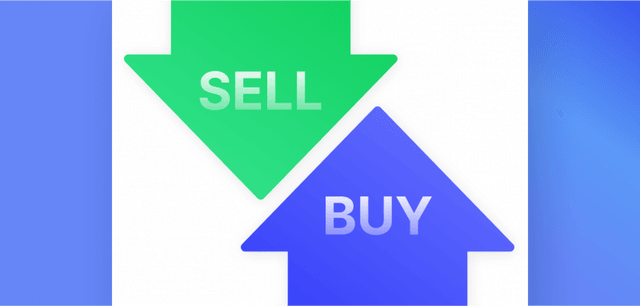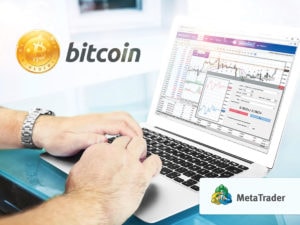When a broker doesn’t cooperate with liquidity providers, the order book contains bid and ask deals placed by registered traders only. Sometimes, the book may not fulfill traders’ orders. For instance, a trader places an ask order for GBP/CHF pair with quotes 1.27153, wishing to buy 50 units. Meanwhile, the order book contains a bid order for 25 units corresponding to the indicated quotes. 15 more units by 1.27155, and 10 more units by 1.27159. As such, traders had to buy a currency higher than the market price.
While talking about the most liquid trading pairs, such a situation is hardly possible, but traders leverage the full capabilities of the market.
If we take into account liquidity providers, these companies connect brokers with top banks, hedge funds, and other major participants. Eventually, a broker’s book of orders obtains multiple ask and bid deals for different trading pairs. Traders obtain an opportunity to get their orders executed instantly by required quotes.
The difference between market-makers and liquidity providers?
Sometimes, the liquidity Forex providers are understood as market-makers. These two notions are exceptionally close, but you need to understand the differences.
Market-makers are among the most “mysterious” characters of the Forex market. This category may include both major players or brokerage companies themselves. When a broker leverages no liquidity provider’s services, a company functions as the market-maker itself, connecting traders offering bid and ask orders. Such a model is called the “B-book broker” on the Forex market. The “A-book” model implies liquidity providers as mediators between brokers and major players like banks and hedge-funds – those institutions are market-makers in this model.
This said a market-maker is responsible for an order book fulfilling with ask and bid deals and serves as a Forex feed provider, while liquidity providers are companies to connect brokers with market-makers.
Such players are divided into two main categories: Tier 1 or institutional market makers (largest banks and funds) and smaller individual players oriented to newcomer brokers and private traders.
Why is the highest liquidity important for brokers?
The Forex experts distinguish the following characteristics as the key pros of high liquidity:
- Spread is moving to 0. When the liquidity is low, the differences between ask and bid prices increase; this is why traders face some losses.
- Price slippage. The situation takes place when a broker cannot execute an order by the market price, and traders need to get their orders executed higher or lower.
- Gaps. Such a negative effect of low liquidity means that among a row of quotes there is a gap of 1 or more pips.
A trustworthy broker liquidity provider moves these hurdles aside, but how can newcomers find the best solution? B2BROKER is an innovative and time-honored company to push your brokerage businesses. Get the best market liquidity provider that guarantees zero-spread, 1% margin requirements and access to Tier-1 market-makers.





